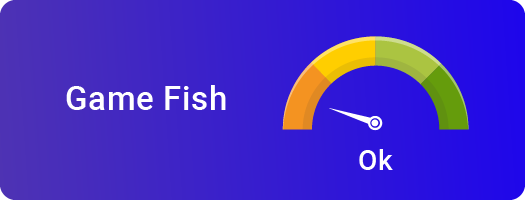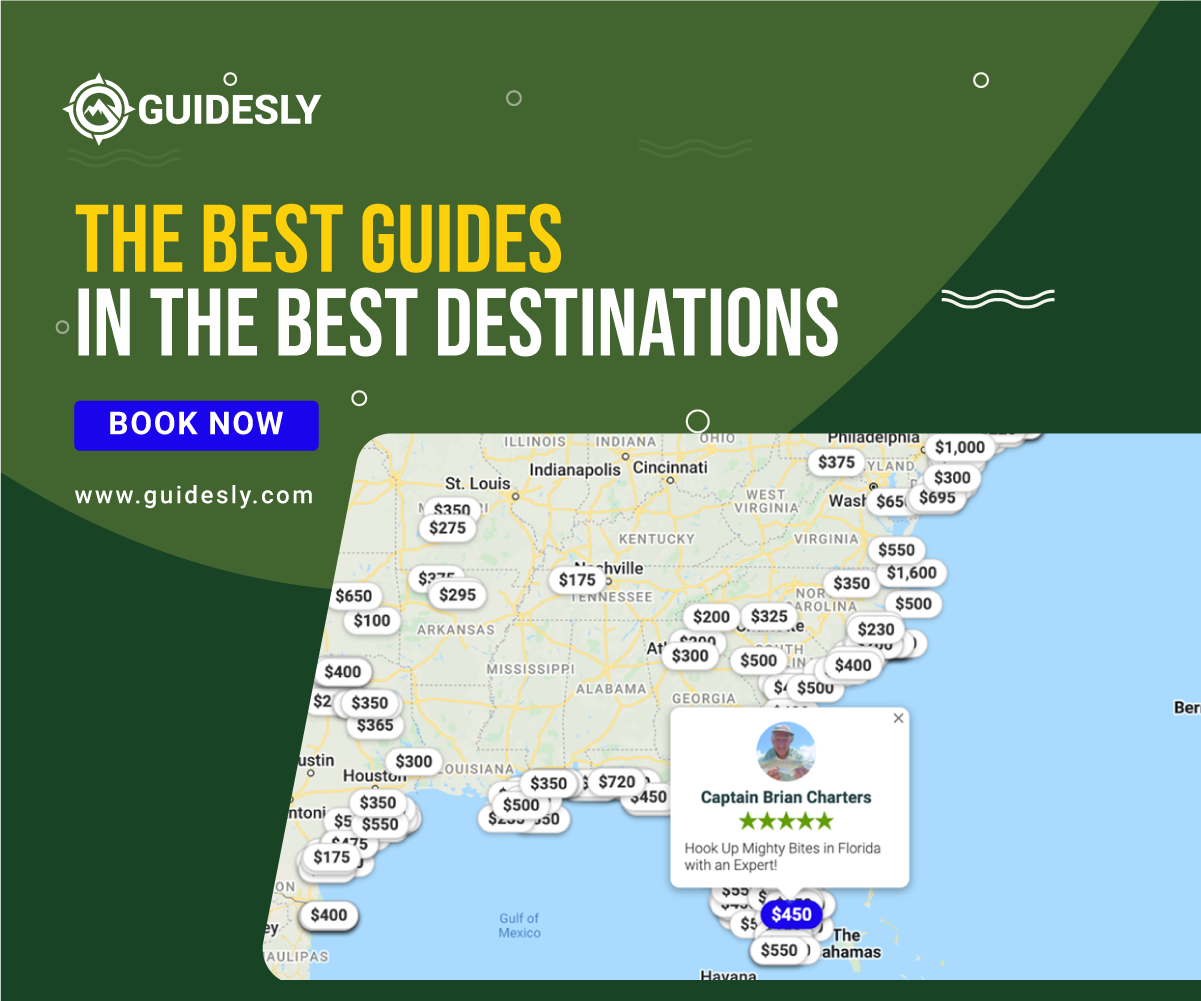Shorthead Redhorse

Species Details
Moxostoma Macrolepidotum
Catostomidae
Cypriniformes
Rivers, Streams, Lakes
1 - 5 lbs.
9" - 30"
Shorthead Redhorse (Moxostoma macrolepidotum) Fish Description
The shorthead redhorse may appear to be bronze or golden in color, but they are generally silvery with dark olive-brown backs. They have pale underbellies and paired dorsal and anal fins that are reddish-orange. Their forked tail fins are red as well and are a distinguishing feature.
The shorthead redhorse is a bottom-feeding sucker that has a downward pointed fleshy mouth and slender body with dark-bordered scales. They have a small head and a pea-shaped swelling in the middle of their upper lip which differentiates them from the river redhorse and golden redhorse.
Diet and Size
Their unique lip swelling characteristic is an evolutionary feature that helps the shorthead redhorse suck food from rocks and gravel on the bed. This fish primarily feeds on insect larvae, mayflies, water fleas, caddisflies, small mollusks, scuds, worms, and other invertebrates.
The shorthead redhorse is a small fish measuring 9-18 inches in length and weighs around 1-3 pounds. They average at 11 inches but can reach a maximum of 2 feet in length and weigh up to 5 pounds.
Interesting facts about the Shorthead Redhorse
- Shorthead redhorse habitats have long been used as a measure of water’s high quality.
- They avoid turbid or murky waters because it can blindness.
- The shorthead redhorse can adapt to directional changes in their habitat better than their relatives the river redhorse and golden redhorse.
- They don’t have direct competitors for food because of their diverse diet.
- This fish eats the most insects amongst all of the suckers.
Shorthead Redhorse Habitat and Distribution
The shorthead redhorse is a common sucker, generally found in lakes, streams, and rivers. They prefer clear to semi-turbid waters and riffles that have sand, gravel, or rock bottoms with medium to strong currents.
They commonly inhabit the same areas as the silver redhorse and golden redhorse and are often confused with each other. Smallmouth bass, blackside darters, hornyhead chubs, and central stonerollers are also common co-dwellers of this species.
They are widely distributed and have a native range in North America that includes the Great Lakes, eastward toward Montreal and Vermont, the Mississippi River basins, and Atlantic Slope drainages. They can be found in sizable numbers in Lake of the Woods in Minnesota and reach the edge of the Tennessee River drainage.
Shorthead redfish have been reported in large numbers in Kankakee River (Illinois), Genessee River (New York), Paint Rock River (Alabama), Flint River and Cypress Creek (Florida), and Shoal Creek (Texas) and in the Ozark Rivers in Missouri.
The shorthead redhorse spawns in April or spring with water temperatures ranging from 47-61 degrees Fahrenheit. Breeding males have tubercles on all fins except the dorsal, most noticeably in the anal and tail fins. They will migrate upstream away from large rivers into tributary streams and will spawn in riffles numbering in the thousands. A female usually has two males during this time, and this fish may gather in groups of around seven individuals around a nest.
How to Catch a Shorthead Redhorse
The shorthead redhorse is not considered a gamefish nor a difficult catch for anglers. They are usually used as bait for other larger fish or as a casual catch that can still put up a good fight.
Worms and nightcrawlers are considered to be the best bait, but the redhorse will hook well to clams, shrimp, and even canned meat. Others have also used multi-colored sponges with surprising success.
For shorthead redhorse, using a half-ounce or 1-ounce egg sinker with half a worm attached on a # 8 or #6 hook with an 8 to 10-pound line is a typical tackle. The trick is to utilize sharp hooks and use enough weight to reach the bottom. The shorthead redhorse can be sneaky, so if you leave your rod propped up, have it leaning on something so you can detect a bite.
Using a slipfloat rig is preferred by other anglers since it can be useful for different incidental catches. With a cigar slipfloat, a 1/8 ounce ballhead jig, and a medium-light spinning rood around 6.5-8 feet in length, you can keep bait steady in the strong currents that redhorse prefer. Floating bait can prevent unfortunate snags in the steady moving water, so it’s better to have an 8-pound test mono lined in with your slipfloat rig.







